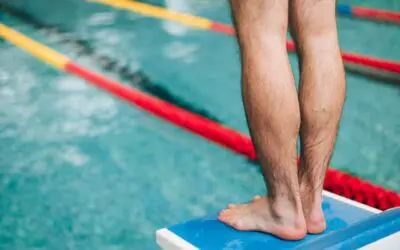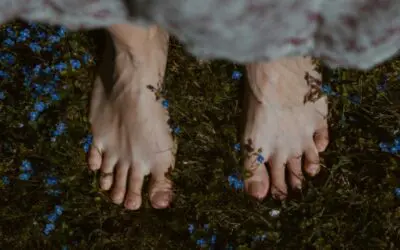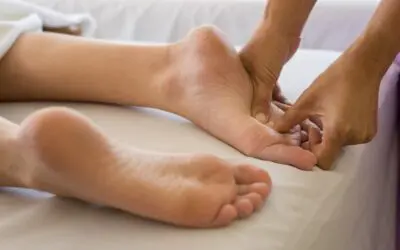With the temperatures rising, it’s finally time for our feet to leave their hibernation of thick socks and warm boots. It’s time for our feet to experience flip-flops, sandy beaches, and hammertoes.
Wait, what?
Are hammertoes an inevitable part of life with feet? What is a hammertoe? If you get one, do you need to schedule surgery as soon as possible?
We will answer all these hammertoe questions and more in this article, so kick off your shoes (let your toes get some air) and relax while we learn all about hammertoes.
What Exactly is a Hammertoe?
Let’s start with the basics. A hammertoe, present in about 3% of adults, is a common foot deformity that causes one or more of the toe joints to become bent or curled, resembling a hammer or claw. Ouch, right? But fear not; it’s not as scary as it sounds. Hammertoes typically develop over time and can affect any of the toes, but they most commonly affect the second, third, or fourth toes.
How Does it Occur?
Now, you might be wondering, “How on earth does one end up with a hammertoe?” There are a few potential culprits:
- Tight Shoes. Wearing shoes that are too tight or narrow. Your toes don’t have enough room to be in their normal positions. The confined space and pressure in unnatural directions can lead to the development of hammertoes over time. (Ladies, those stylish but snug heels may be to blame!)
- Genetics. Sometimes, hammertoes can run in the family. If you have a family history of foot problems, you may be more prone to developing hammertoes yourself. (Thanks, Mom.)
- Muscle Imbalances. Muscle imbalances in the feet and toes can also contribute to the development of hammertoes. Weak or tight muscles can pull the toes out of alignment, causing them to bend or curl.
Prevention is Key
Now that you know what hammertoes are and how they can sneak up on you, let’s talk prevention. While some risk factors, like genetics, are beyond your control, there are steps you can take to minimize our chances of developing hammertoes:
- Wear Properly Fitting Shoes. Say goodbye to those pinchy, too-tight shoes and opt for footwear that provides plenty of room for your toes to wiggle and spread out comfortably. Look for shoes with a wide toe box and low heel to reduce pressure on the toes. (Yes, it’s time to go shoe shopping!)
- Choose Supportive Shoes. Invest in shoes with good arch support and cushioning to help distribute pressure evenly across your feet and reduce the risk of muscle imbalances that can lead to hammertoes.
- Stretch and Strengthen. Incorporate exercises and stretches into your routine to strengthen the muscles in your feet and toes and improve flexibility. Toe scrunches, toe spreads, and calf stretches are all great options.
How To Correct Hammertoes Without Surgery
Let’s face it: no one wants to have hammertoe surgery if they don’t need to. While severe cases may require surgical intervention, many hammertoes can be managed and corrected with conservative treatment options. Here are a few ways you can try to correct hammertoes without going under the knife.
- Toe Exercises. Remember those stretches and exercises we mentioned earlier? They’re not just for prevention. They can also help correct existing hammertoes by strengthening and stretching the muscles and tendons in your toes.
- Toe Splints or Crest Pads. Toe splints or crest pads can help straighten out curled toes and relieve pressure on the joints. They’re typically worn at night or during periods of rest to gradually realign the toes over time.
- Shoe Modifications. Making simple modifications to your footwear can also help alleviate symptoms and prevent further progression of hammertoes. Try using shoe inserts or orthotic devices to provide cushioning and support, or opt for shoes with a rocker sole to reduce pressure on the toes.
- Pain Management. If you’re experiencing pain or discomfort from your hammertoes, over-the-counter pain relievers or anti-inflammatory medications can help alleviate symptoms. Applying ice packs or soaking your feet in warm water may also provide temporary relief.
While hammertoes may be a pesky problem, they’re certainly not the end of the world. By taking proactive steps to prevent hammertoes, wearing proper footwear, and implementing conservative treatment options, you can keep those toes happy, healthy, and hammertoe-free.
If you are concerned about your hammertoe or if conservative methods are not giving you any relief, consult with a podiatrist about the next steps you need to take so your toes can enjoy the sunshine hammertoe-free.



